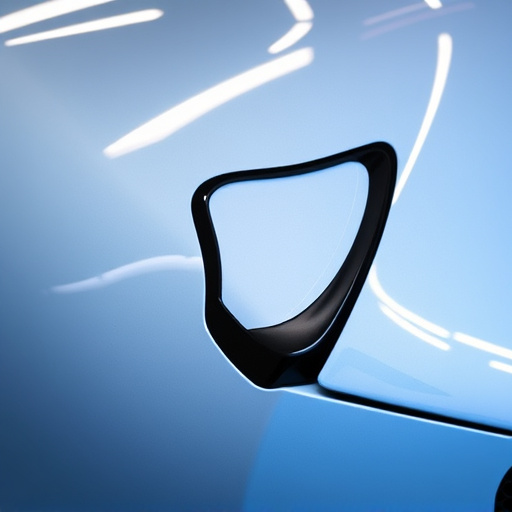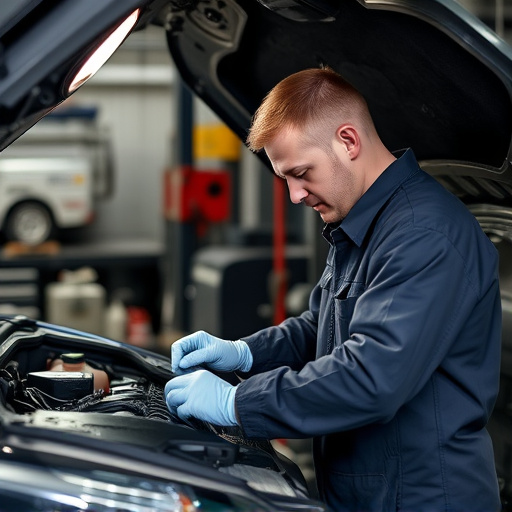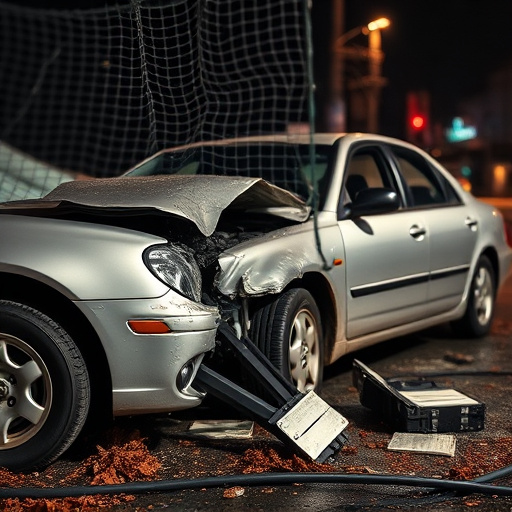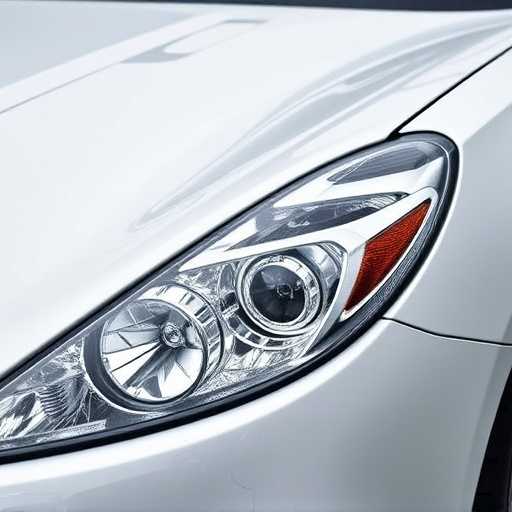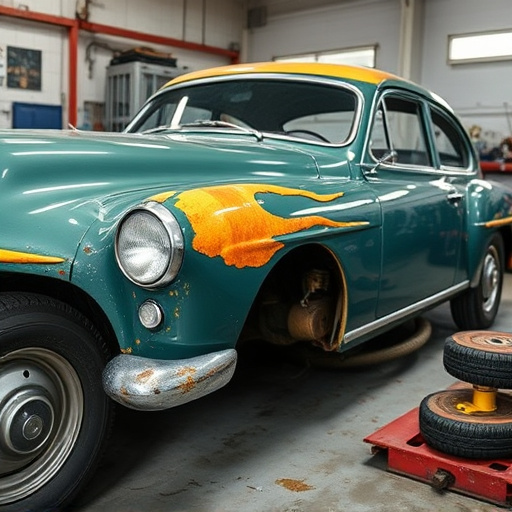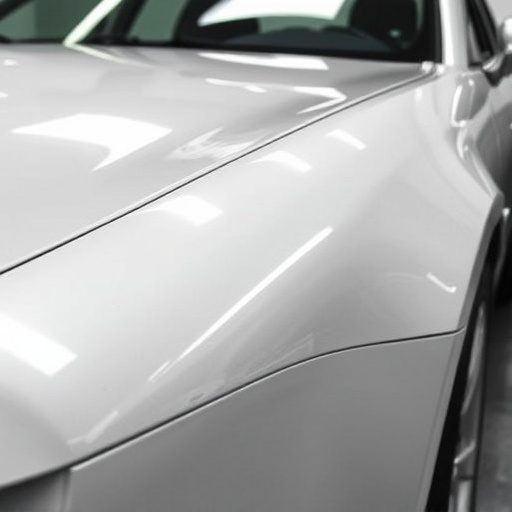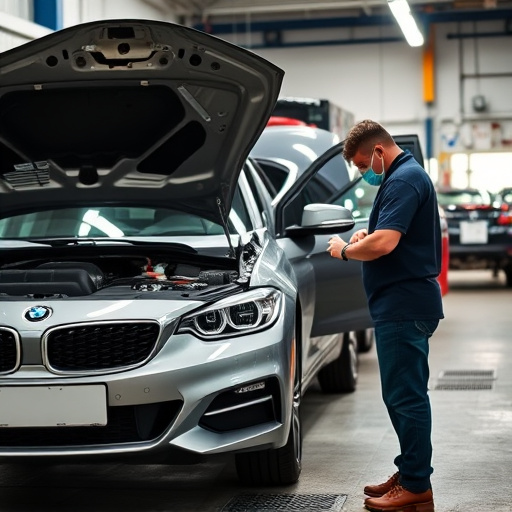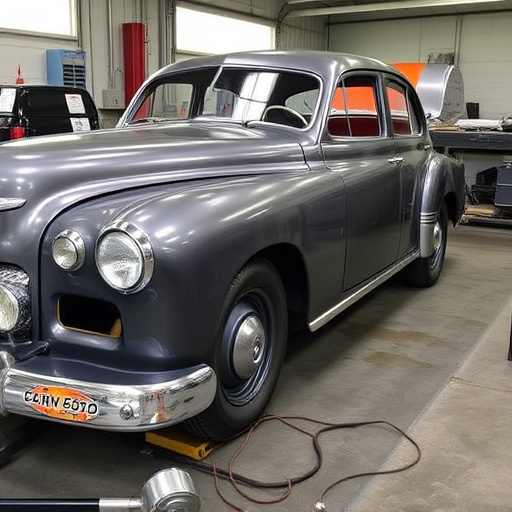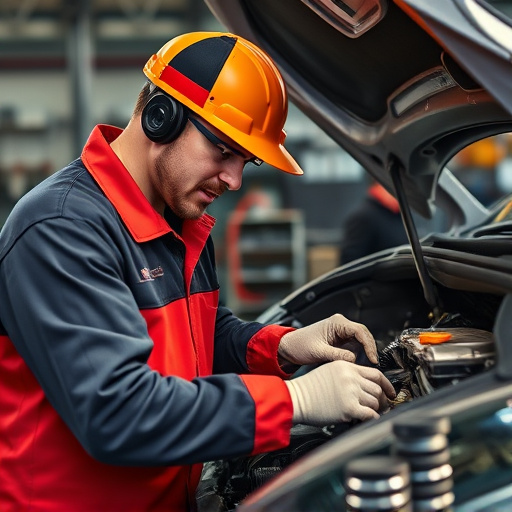Mercedes wheel repair begins with a thorough assessment using advanced tools like 3D scanning to identify structural and cosmetic damage. Repairs are categorized as structural, cosmetic, or both, ensuring authorized parts maintain safety and original vehicle condition. High-quality replacement parts, including specialized alloys, meet Mercedes-Benz standards for durability and aesthetics. Modern technology such as 3D scanning, CAD software, laser measurements, and advanced paint systems offer precise, efficient restoration with minimal impact on performance and cosmetic appeal.
Mercedes wheel repair is a meticulous process that demands precision and expert knowledge. From the moment a wheel is assessed for damage, the journey towards restoration begins. This article delves into the intricate steps involved, focusing on three key aspects: assessing the extent of harm, sourcing authentic replacement parts, and leveraging advanced technology for accurate repairs. By exploring these elements, we provide insights into the professional Mercedes wheel repair process.
- Assessing Damage and Necessary Repairs
- Replacement Parts and Materials
- Advanced Technology for Precision Repair
Assessing Damage and Necessary Repairs
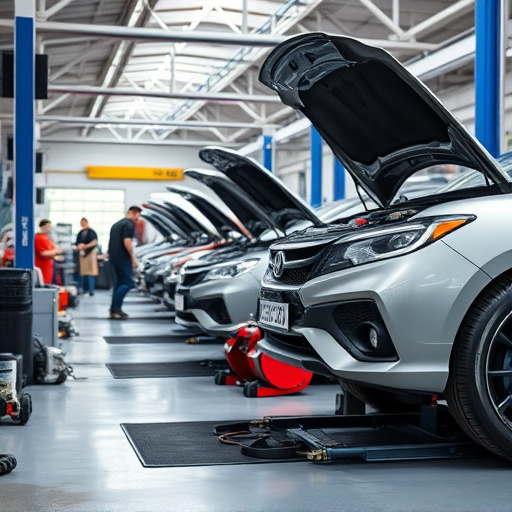
When it comes to Mercedes wheel repair, the initial step involves a thorough assessment of the damage. This process is crucial in determining the extent of the issue and planning the necessary repairs. Skilled technicians will closely inspect the wheel for any cracks, dents, or deformities using specialized tools. They may employ digital imaging or 3D scanning technologies to capture precise measurements and identify subtle imperfections that might go unnoticed by the naked eye. This meticulous evaluation is key to ensuring that only authorized and compatible replacement parts are used throughout the repair process.
After damage assessment, the auto body repair experts will categorize repairs into structural, cosmetic, or both. Structural repairs address any issues with the wheel’s integrity, such as rim straightening or replacing broken components. Cosmetic repairs focus on restoring the wheel’s aesthetic appeal by filling dents, repairing scratches, or re-coating the surface. Understanding these categories allows for efficient planning and ensures that the Mercedes wheel is restored to its original condition, enhancing both safety and visual appeal, crucial considerations in auto maintenance.
Replacement Parts and Materials
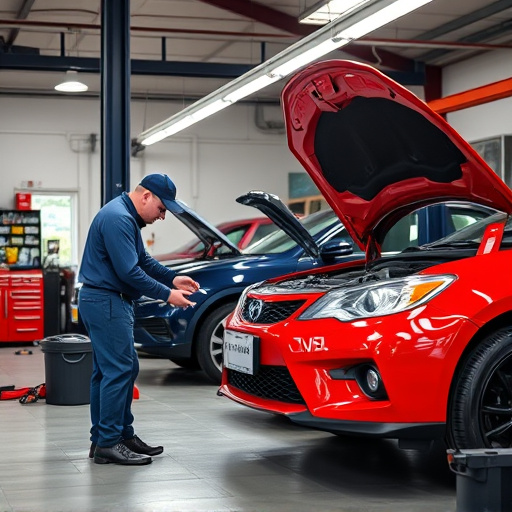
When it comes to Mercedes wheel repair, high-quality replacement parts and materials are essential for achieving a seamless finish that matches the vehicle’s original standards. Automotives specialists rely on genuine Mercedes-Benz components or those that meet the brand’s strict quality criteria. These include specialized alloys for wheels, ensuring durability and corrosion resistance, which is crucial considering the luxury brand’s reputation for precision engineering.
Using the right materials is particularly important in wheel repair as it involves precise fitting and alignment. After a fender bender or bumper repair, where wheels might be affected, professional technicians assess each component for damage. They then source or fabricate new parts, whether it’s a complete wheel assembly or specific spokes, to ensure proper vehicle restoration. This meticulous approach guarantees that the repaired Mercedes maintains its aesthetic appeal and structural integrity, reflecting the quality expected from a premium vehicle brand like Mercedes-Benz.
Advanced Technology for Precision Repair
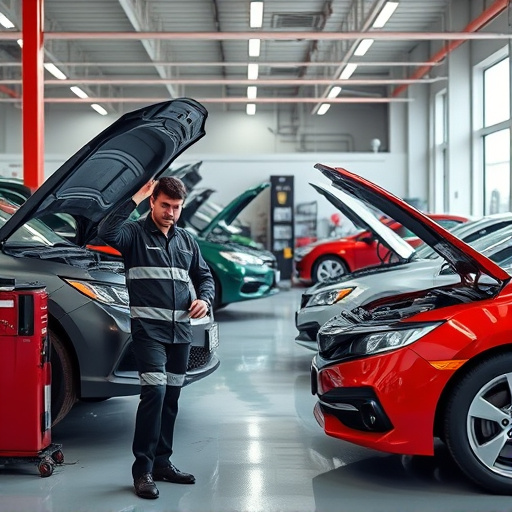
Mercedes wheel repair is a specialized process that leverages advanced technology for precision repairs. Modern auto repair shops equipped with state-of-the-art equipment, such as 3D scanning and computer-aided design (CAD) software, can accurately diagnose and fix wheel damage, ensuring minimal impact on the vehicle’s overall performance and aesthetics. These technologies enable detailed analysis of wheel curvature, surface imperfections, and structural integrity, allowing for highly accurate repairs that match the original factory standards.
Automotive repair professionals use specialized tools like laser measurements, robotic welding machines, and advanced paint matching systems to address various types of wheel damage, including dents, scrapes, and cracks. Dent repair techniques have evolved significantly, with pneumatic tools and automated dent removal machines offering faster and more effective solutions compared to traditional methods. Additionally, autobody repairs for wheels often involve intricate work, requiring precise tools to ensure the restored wheel matches the vehicle’s original specifications, enhancing safety and cosmetic appeal.
Mercedes wheel repair involves a meticulous process that combines expert assessment, high-quality replacement parts, and cutting-edge technology. By carefully navigating through damage assessment, sourcing authentic parts, and leveraging advanced tools, professionals ensure precise repairs that maintain the iconic quality and safety standards of Mercedes vehicles. These techniques not only restore wheels to their original condition but also highlight the commitment to excellence that Mercedes-Benz owners expect.
